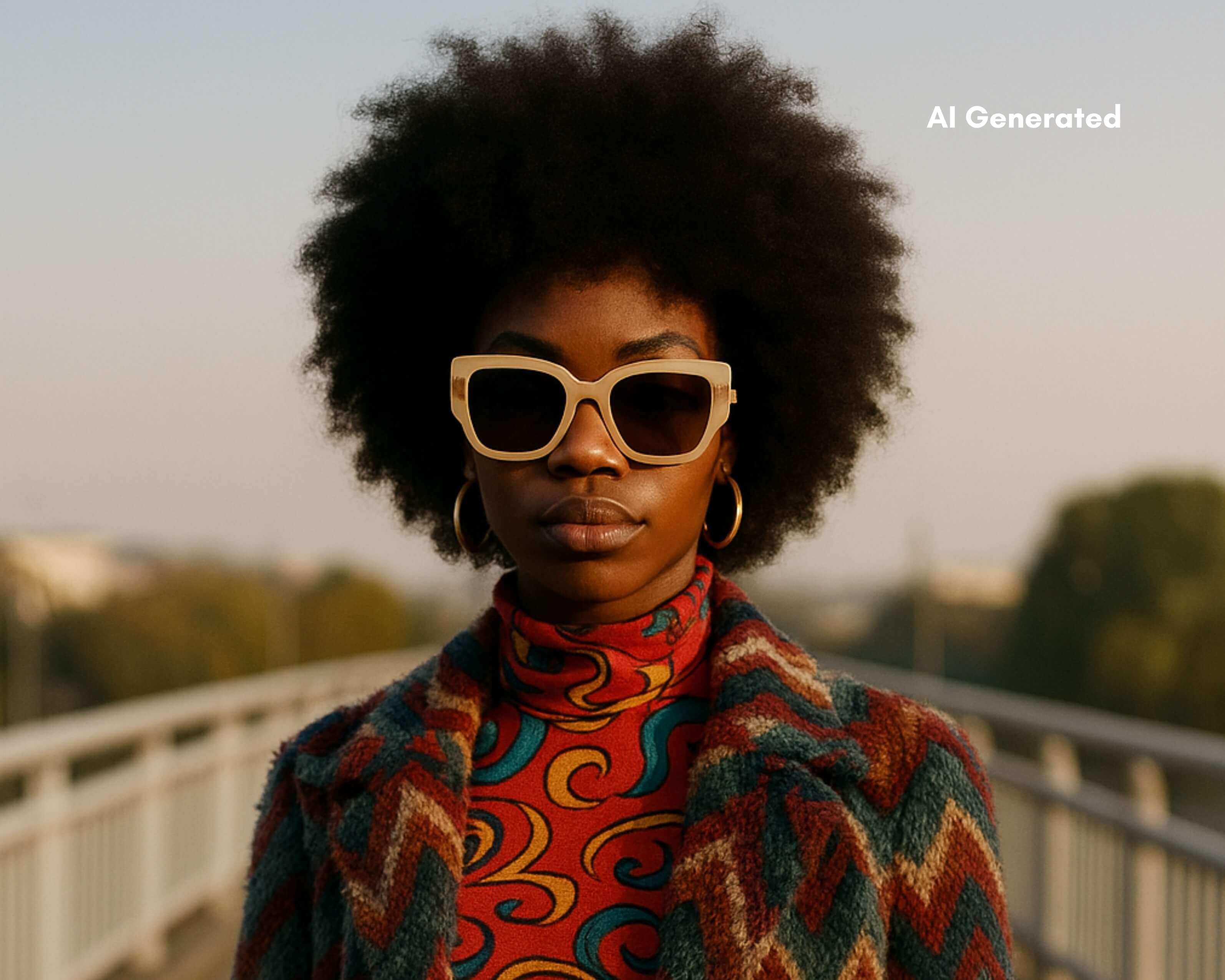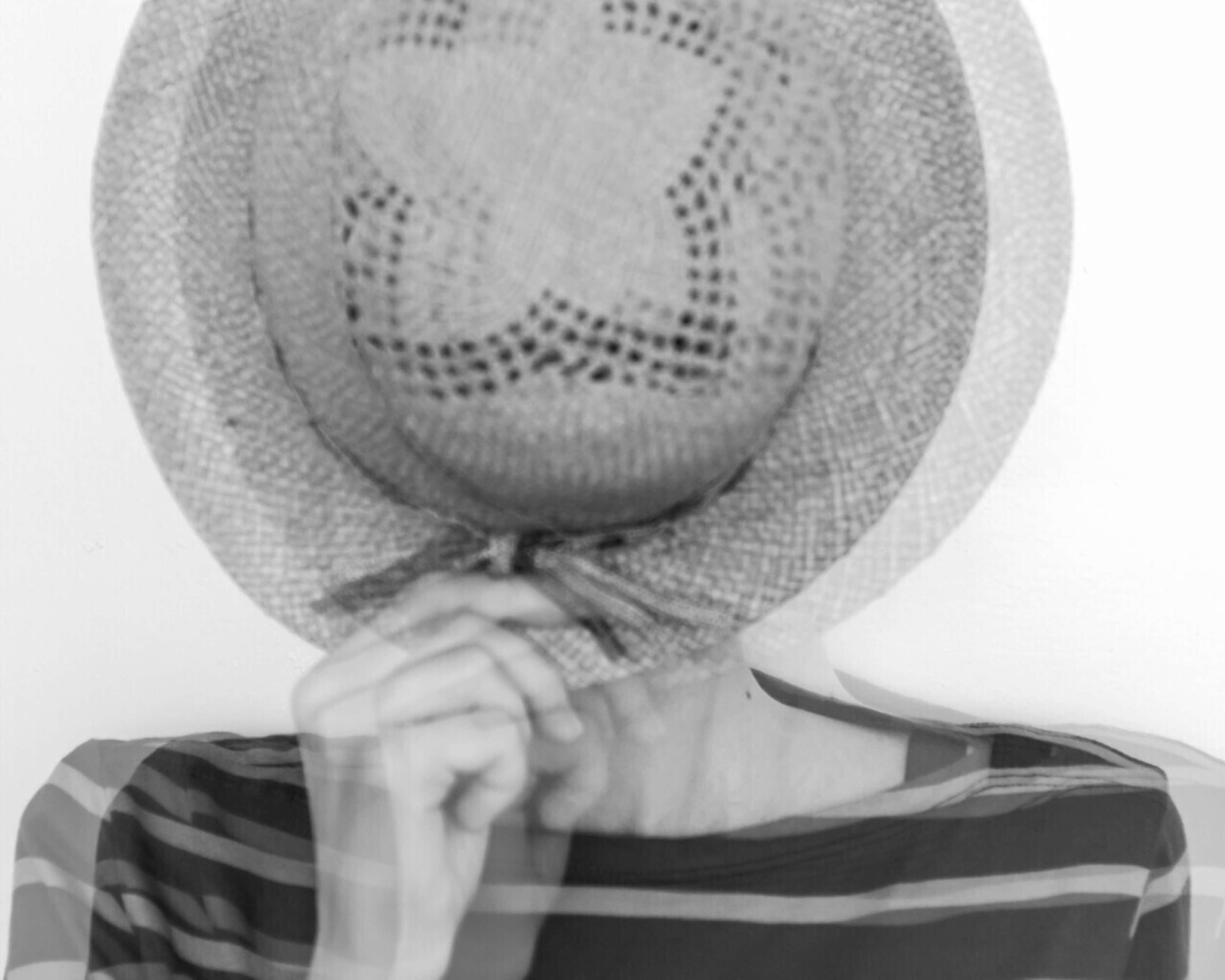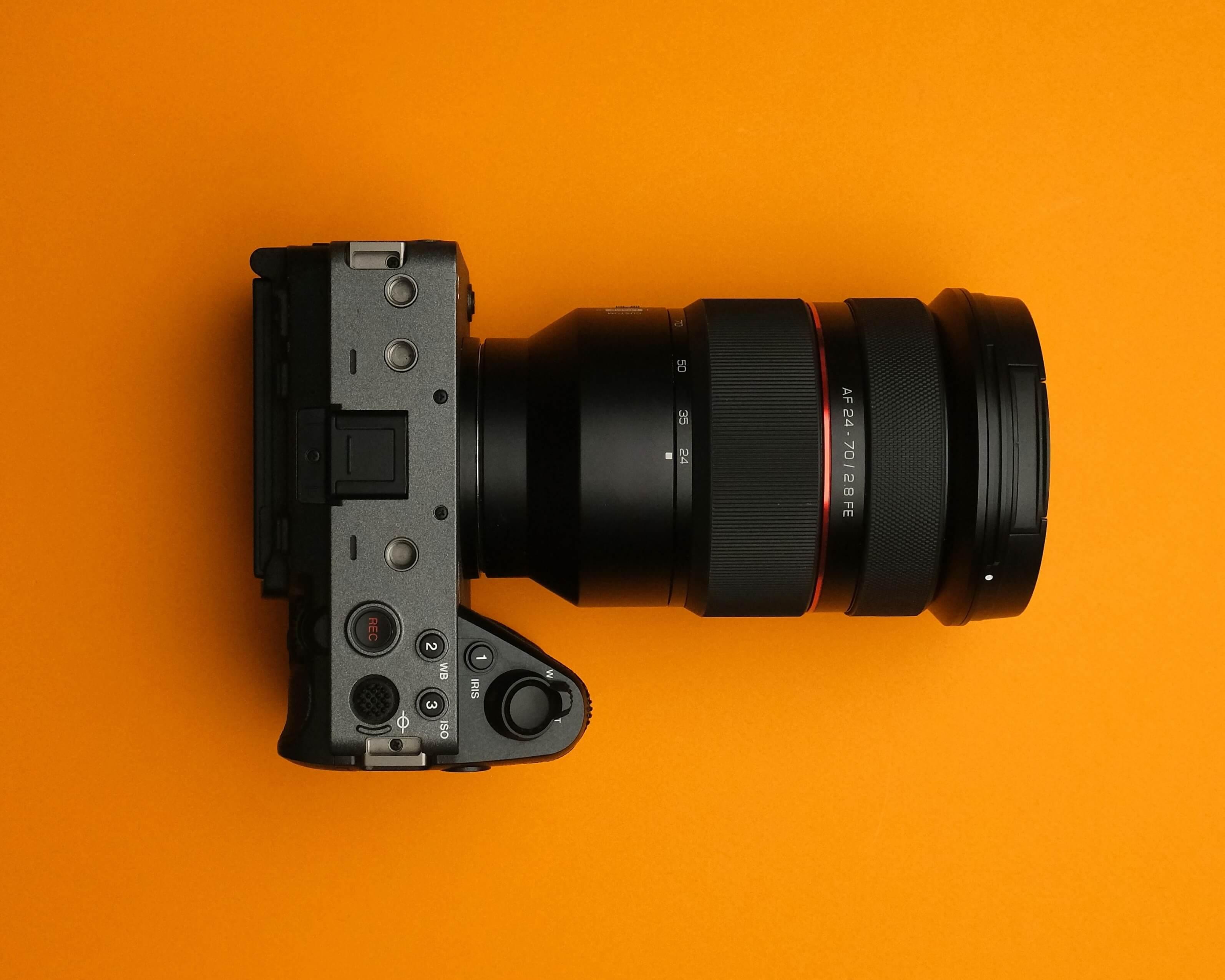Will AI Replace Creative Photography?
Yvan Cohen
Tue Jul 15 2025

Image generated by Katya Mulvaney
Is this yet another article predicting doom and gloom about Artificial Intelligence and photography?
Well, yes. And no.
There’s no escaping the fact that AI is changing the way we look at photographs. It’s even changing our understanding of what a photograph actually is.
But let’s be positive for a moment. Change comes with progress and with change, and progress, come new opportunities.
For sure, things won’t be like they were. We’ll have to adapt and some of us will lose out. Change often comes with a degree of pain. But in adapting we will find new ways to express ourselves. Yes, even in an era of increasingly powerful AI-generated imagery there is still hope.
 Photo by John Broomfield. Copyright Museums Victoria
Photo by John Broomfield. Copyright Museums Victoria
AI in Photography Isn’t the First Revolutionary Shift
Think back to the original revolution brought on by photography. In a flurry of innovation, early 19thcentury inventors (notably Niepce and Daguerre) discovered they could literally capture light, a process that was gradually refined into the commercial film camera (the first being the Kodak camera of 1888).
Through the alchemy of chemistry, shapes and forms, light and shade, could be instantly translated into lifelike pictures. A new art form was born and a new way of viewing the world was created.
Imagine being a classically-trained portrait painter learning of a new mechanical contraption that could instantly produce perfect portraits with almost no skill required, other than knowing how to work the camera and develop film. They must have wondered if anyone would ever need their services again?
The advent of AI is a similar revolutionary shift. Just as cameras must have been scary and threatening to painters, AI is causing alarm in the world of photography.
AI can already create photographs (ok, there is plenty of dispute about whether we should call AI pictures photographs) without a camera, without a photographer, and without needing to do what was once particular to photography - record an actual instant of reality.
Just like the portrait painters of the 19th century trembling before their easels, many of today’s creative photographers wonder anxiously what role will be left for them if AI-generated pictures replace photography and photographers.
 One of H&M's digital twin models.
One of H&M's digital twin models.
H&M’s AI-Generated Campaigns: No Photographer Required
Swedish clothes brand H&M recently revealed it has started creating campaign photographs without going on location, with no models, no make-up artists and no photographer. H&M reportedly copied some 30 images of models they had previously photographed from a variety of different angles and fed those images into an AI ‘mill’ to generate new photographs, in new settings and presumably with new clothes.
H&M is just one example of a major corporation using AI instead of human talent. Mango, Levis and Adidas (and doubtless many others) have all used AI to generate imagery for their marketing campaigns. Each time they did so, a small platoon of creative professionals, including photographers, were not hired.
H&M Chief Creative Officer Jörgen Andersson shrugged off claims that AI will replace human talent.
“It’s not a question of man versus machine, I think it’s man and machine…What the machine can do is basically amplify human creativity” he said, rather unconvincingly.
Yes, H&M did amplify human creativity in the sense that they used pictures originally created by photographers. But there is little to suggest they will need to do so in the future.
How Will AI Reshape Creative Industries?
AI is increasingly capable of creating real-looking people by synthesizing millions of existing images. AI’s synthesized photographs may ultimately be rooted in content created by humans but at some point, those images are no longer discernably “amplifying” human creativity, they are actively replacing it.
It feels like we’re in that panicky moment when we’re just not sure how AI will reshape creative industries, and indeed many other areas of our lives. There are the detractors who claim AI images will never be as good as a ‘real’ photograph, or that AI generated art will never match human creativity.
At times, these doubts feel more hopeful than realistic.
 Photo by Anna Shvets
Photo by Anna Shvets
The Unique Nature of Human Creativity
AI is in its infancy and is evolving fast. There is little to suggest it won’t advance to a level where AI generated images (and videos and text for that matter) are indistinguishable from human-created content.
Remember when there were legions of photographers who swore they wouldn’t give up film photography because digital images would never be as good as celluloid? Today there is little doubt the quality of digital photographs can surpass that of film (which is pretty much always digitized anyway). Technology has a way of surpassing our expectations.
There are optimists who see opportunity in AI. After all, given the malleability of digital pictures, AI offers photographers a tool that can instantly evaluate an image, improve its quality, sharpen focus, add and remove objects. The possibilities are seemingly endless.
But what about those human characteristics that set us apart from the machine? Our personalities, our lived experience, our individual way of seeing the world, our souls. These are the component parts of our human software that drive our creativity in a way that is fundamentally different to that of a computer fed a diet of data and code.
Will AI Replace Creative Photography?
Returning to the question in our title, it seems clear that in some contexts AI is already replacing photographers - generating images that previously could only have been created by a photographer holding a camera, capturing a person, or moment, in real life.
But this is not the same as AI replacing creative photography. Why? Because creativity, and purely creative photography, are a not bound by the communication needs of a company worried about the cost of a creative process the sole purpose of which is to generate visual content that will deliver value to their business.
True creative photography, art, is not about process, value and economics, it is about expression. It is about expression that is unique to each individual artist/photographer.
Viewed in this context, AI can be seen as a tool for creative photographers. AI and photography are already merging freely within the endless realm of human creativity. The result is a new type of image (that some may argue is not a photograph), resulting from a new type of creative process melding human ideas with computer code. Thus, AI is not replacing creative photography, it is becoming a part of it.
Written by Yvan Cohen | Yvan has been a photojournalist for over 30 years. He's a co-founder of LightRocket and continues to shoot photo and video projects around Southeast Asia.
To read more helpful articles on photography, check out our blog page.
Join our growing photographer community at LightRocket and get powerful archive management and website building tools for free!


